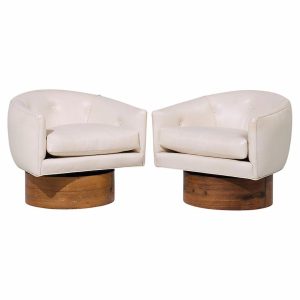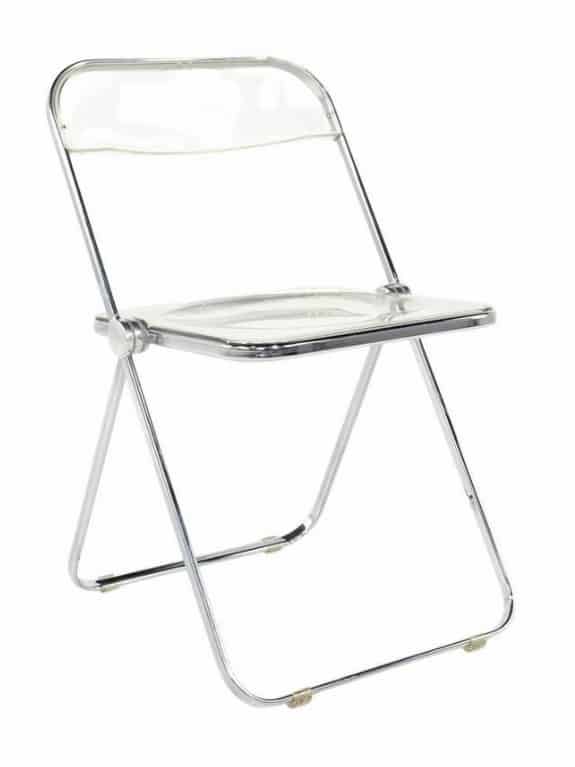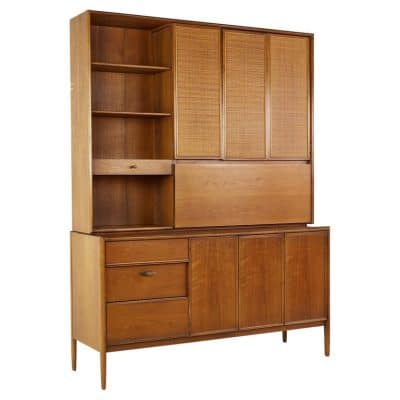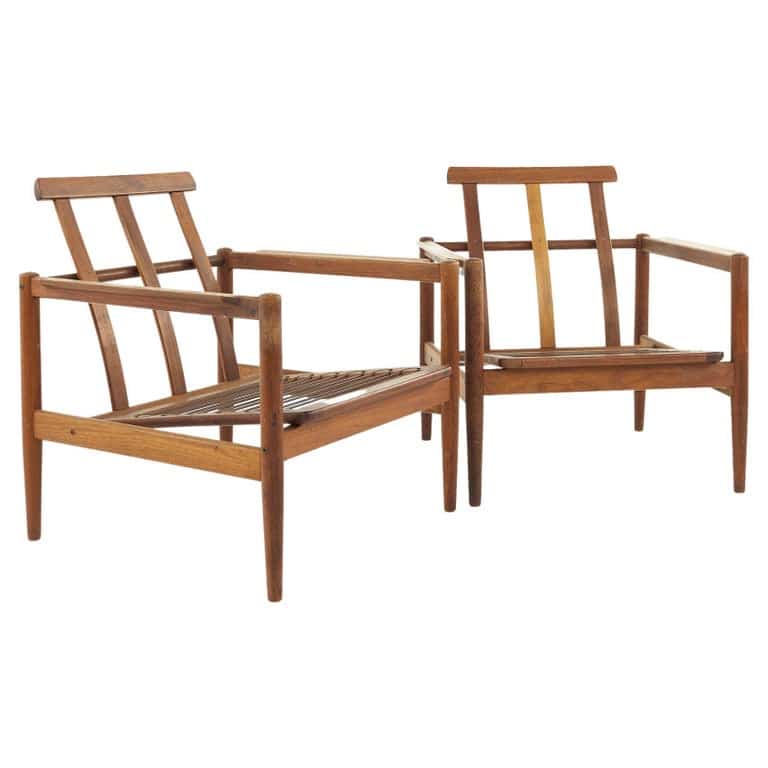Milo Ray Baughman, Jr., born on October 7, 1923, in Goodland, Kansas, was a pioneering figure in modern furniture design. Over his six-decade career, Milo Baughman‘s innovative and timeless designs reshaped the landscape of interior spaces, bridging the gap between style and functionality.
Baughman’s designs were uniquely American in their sensibility. He crafted pieces that were forward-thinking and unique yet unassuming and accessible. His style was never flashy or pretentious; instead, Baughman’s work epitomized a sense of understated elegance and affordable luxury that was rare in modern furniture design.
His impact on the design world began in the mid-1940s when he started creating pieces for numerous furniture companies. These collaborations spanned decades and involved several prominent firms, including Mode Furniture, Glenn of California, The Inco Company, Pacific Iron, Murray Furniture of Winchendon, Arch Gordon, George Kovacs, Directional, and Drexel.
However, Baughman is perhaps best known for his longstanding association with Thayer Coggin Inc., a relationship that began in 1953 and continued until he died in 2003. This partnership was significant in shaping Baughman’s career, and it was during this time that some of his most iconic pieces were created. His collaborations with Thayer Coggin resulted in a rich catalog of designs characterized by their clean lines, timeless aesthetics, and uncompromising functionality.
But Baughman’s influence wasn’t confined to his furniture design alone. He was a prolific speaker, sharing his insights and perspectives on modern design in numerous lectures. Baughman believed passionately in the transformative power of good design, asserting that it had the potential to influence human lives positively. His thought leadership in this area helped define and shape the discourse on design for years.
Today, the impact of Baughman’s work is still palpable. Contemporary furniture designers and dealers continue to draw inspiration from his designs, often copying, reinterpreting, and reviving his pieces for the modern and secondary decorative art markets. His influence can be seen in the aesthetics of countless homes, offices, and public spaces worldwide.
Baughman’s passing on July 23, 2003, marked the end of an era, but his legacy lives on. His vision and innovative approach to design continue to influence and inspire generations of designers, and his pieces remain highly sought after by collectors and enthusiasts alike. As we look back on his remarkable career, it’s clear that Milo Baughman will forever hold an important place in the annals of modern furniture design.








































